 The 159th anniversary of arguably the most famous conflict of the American Civil War is occurring as this story is published in early July, 2022. Of course, I am referring to a place just up the road from Frederick and across the Mason-Dixon Line, —Gettysburg, Pennsylvania. The Battle of Gettysburg was fought July 1–3, 1863, in and around the town, by Union and Confederate forces under Major General George Meade's Army of the Potomac and General Robert E. Lee's Army of Northern Virginia. A Union victory resulted in halting Lee's invasion of the North, but also involved the largest number of casualties of the entire war. It is often described as the war's turning point due to the Union's decisive victory and concurrence with the Siege of Vicksburg. I hadn’t made a trek to Gettysburg in quite some time, but that soon changed as I have made two trips there in recent weeks. One outing was for history, and the second for pleasure, as I saw Canadian music legend Gordon Lightfoot perform at the Majestic Theater on June 23rd. Now mind you, history reared its head at the concert as well, but it had nothing to do with the “high-water mark” of the American Civil War, and everything to do with dangerous waters of a non-proverbial kind involving “a legend that lives on from the Chippewa on down of the big lake they called Gitche Gumee.” Two and a half weeks earlier, back on June 4th, I had the opportunity to chaperone my 15-year-old-son and his girlfriend on a private field trip for three. It was a beautiful day, and we could have done anything, anywhere in the tri-state area. I randomly suggested a trip to Gettysburg National Battlefield. They consented, and soon they were in for a special treat—that of listening to me ramble on as their personal battlefield guide. It was a day which brought back great memories for me of past visits. I shared with Eddie, and girlfriend Devyn, that our ancestor, John Greenwood, (my GGG Grandfather) had participated in this legendary fight as a private in the 96th Pennsylvania Infantry Regiment’s Company D. I pointed out his name on the Pennsylvania State Memorial, and also showed them the iconic monument to the 96th located in the valley below Little Round Top. This unit participated in the bloodbath sector of the battle called the Wheatfield. This particular trip was made much more special to me as I was able to make connections (from the battle) back to Frederick. One such example resides in the fact that the Union commander, Maj. Gen. George G. Meade was given command of the Army of the Potomac just days before the battle at Prospect Hall. A monument, crafted from a piece of brown sandstone from Devil's Den (Gettysburg Battlefield), commemorates this fact along Himes Avenue, just down the hill from the mansion house used most recently as the location of St. Johns Catholic High School. This was placed here in 1930 by the Pennsylvania Historical Commission. 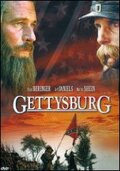 Speaking of Union officers, I shared with my young tourists the stories of Brig. Gen. John Buford and his cavalry division at Seminary Ridge, and Col. Joshua L. Chamberlain and the 20th Maine’s gallant hold of the Union Army’s extreme left flank at Little Round Top. Both men were immortalized by actors Sam Elliot and Jeff Daniels in Ron Maxwell’s 1993 movie Gettysburg. This motion picture debuted on Ted Turner’s TBS Network and was based on Michael Shaara’s Pulitzer Prize-winning book Killer Angels. I always make the suggestion to friends planning to make a visit to Gettysburg to watch this movie first. It will certainly make the battlefield touring experience more enlightening because you can view the current landscape while imagining the scenes as depicted in the movie version. Two other commanders with ties to Frederick that fought at Gettysburg include Gen. Jubal Early of Virginia and Brig. Gen. Daniel Sickles of New York. Early’s name should jump off the tongue as he was the commander who threatened Frederick’s well-being a year later (July, 1864) by demanding a ransom of $200,000 to be paid. Early and many of his soldiers likely passed by Mount Olivet’s front gates by way of Market Street and the Old Georgetown Pike to engage Union forces under Gen. Lew Wallace at the Battle of Monocacy. As cantankerous a guy Early has been said to have been, his match was certainly Dan Sickles.  Philip Barton Key (1818-1859) Philip Barton Key (1818-1859) Daniel Edgar Sickles (1819–1914) was an American politician, soldier, and diplomat, born to a wealthy family in New York City. Upon the outbreak of the American Civil War in 1861, Sickles became one of the war's most prominent political generals, recruiting the New York regiments that became known as the Excelsior Brigade in the Army of the Potomac. Despite his lack of military experience, Sickles served as a brigade, division, and corps commander in some of the early Eastern campaigns. His military career ended at the Battle of Gettysburg in July 1863, after he moved his III Corps without orders to an untenable position, where they suffered 40% casualties but slowed Confederate Gen. James Longstreet's flanking maneuver. Sickles himself was wounded by cannon fire at Gettysburg and had to have his leg amputated. He was eventually awarded the Medal of Honor for his actions. We have a direct connection to Gen. Sickles here at Mount Olivet, and I would soon learn that many ghost tours in Gettysburg include a story that illustrates this point, yet not directly mentioning our humble burying ground by name. Dan Sickles was involved in a number of scandals throughout his time as a politician, most notably the 1859 homicide of his wife's lover, U.S. District Attorney (of Washington D.C.) Philip Barton Key II. Yes, the name should ring a bell, or evoke the vision of an American flag, because Philip was the son of our very own Francis Scott Key. Once a confidante and close friend of the patriot songwriter’s offspring, Sickles gunned down Philip in broad daylight in Lafayette Square, across the street from the White House. In what was hailed as the trial of the century, Sickles was acquitted after using temporary insanity as a legal defense for the first time in United States history. After the war, Sickles devoted considerable effort in trying to gain credit for helping achieve the Union victory at Gettysburg, writing articles and testifying before Congress in a manner that denigrated the intentions and actions of his superior officer, Maj. Gen. George Meade. Sickles was appointed as a commander for military districts in the South during Reconstruction. He also served as U.S. Minister to Spain under President Ulysses S. Grant. Later he was re-elected to Congress, where he helped pass legislation to preserve the Gettysburg Battlefield. On a ghost tour the night of our visit, the kids and I learned that Sickles helped procure a much-needed fence around the perimeter of the Gettysburg National Cemetery. Apparently, Congress was against an appropriation, so Sickles urged the need for a new fence around Lafayette Square, the old “scene of the crime” between Sickles and Mr. Key years before. This was granted, and Sickles made sure the old fence would go to Gettysburg and the cemetery. Ghost tour guides tell this story, with the creepy takeaway being that one of these sections of fence, could possibly be the exact one that Philip Barton Key died against as he breathed his last breath. Supposedly his jacket became impaled by the fence.  Grave of P. B. Key in Baltimore Grave of P. B. Key in Baltimore In case you are curious, Philip Barton Key II was buried with his wife Ellen Swan Key in Westminster Burial Ground in downtown Baltimore. This is the same historic cemetery where Edgar Allan Poe's mortal remains reside. While Sickles was not very hospitable to the Key family, he was a friend to the tourism industry because of all he did in bringing about this battlefield park, the most famous in the country. Like cemeteries, battlegrounds can find themselves full of mortal remains during the conflict. After proper burial, those who died within these hallowed grounds are forever memorialized by monuments depicting their brave deeds in life. Once again, I was able to use some of these monuments on the Gettysburg battlefield to make a few unique connections to others found in Mount Olivet Cemetery. I took the kids to my second favorite monument on the battlefield beside the fore-mentioned one of my GGG grandfather’s 96th regiment. This would be the 1st Maryland Monument at Culp’s Hill. The granite monument on the northeast quadrant of the battlefield stands 12 feet tall. It is capped with the star symbol of the Twelfth Army Corps and has a relief feature of a bayonet and cartridge box on its face, supported by rolled bedrolls. A round bronze Seal of the State of Maryland is inset in the center of the front. Just above the base (on the front) is a relief of a forage cap on top of laurel branches. The monument was dedicated on October 25th,1888 by the State of Maryland. This monument includes the name of Col. William Pinkney Maulsby, a lawyer from Frederick, who commanded the 1st Maryland Regiment, Potomac Home Brigade. Maulsby was the owner of Prospect Hall during the war. He is buried in a family plot located in Mount Olivet’s Area G and is worthy of a full “Story in Stone.” The unique aspect of fighting at Culp’s Hill this pivotal spot of the Union Army’s right flank is the fact that Union Marylanders squared off against Confederate Marylanders here. A past subject of my blog participated at the fighting at Culp’s Hill under Col. Maulsby on July 2nd and 3rd. This was Captain Joseph Groff of the Potomac Home Brigade who was accompanied by his son David. Both men survived the battle and war. Capt. Groff was a local business and civic leader in Frederick who operated a few different hotels once located on N. Market Street. Along with other members of the Potomac Home Brigade, Groff is buried in Mount Olivet. To the northwest of the battlefield, the visitor will find the Eternal Light Peace Memorial. This was dedicated on July 3rd, 1938. It commemorates the 1913 Gettysburg reunion that marked the 50th anniversary of the battle in which surviving veterans came together as united Americans and not adversaries as they had done in battle. Here, a natural gas flame burns within a one-ton bronze urn atop a tower located on a stone pedestrian terrace. I learned that the eternal flame was the only one in the world for its first few decades. I learned a couple of extra sidelights on this monument. One such being that faulty Alabama limestone had been used for the base platform. With heavy pedestrian traffic, this began failing miserably within a decade of the monument's erection. This would require a major renovation. This monument was visited by President Jimmy Carter during the 1978 Camp David Accords between Israeli Prime Minister Menachem Begin and Egyptian President Anwar Sadat. A decade later, the Gettysburg Peace Celebration committee had been formed for the upcoming 50th anniversary rededication of the memorial planned for July 3rd, 1988. Renovation projects are always going on, as I have a much deeper appreciation of what grave monuments experience due to age, weather and erosion. It is quite amazing to see the shape the battlefield is in considering the years and visitation that these sentinels have experienced. A renovation project was being done at the Eternal Peace Monument in 1985 that would have a direct impact on our cemetery. Eleftherios Karkadoulias, a noted expert in both granite and bronze restoration and based in Cincinnati, was making repairs. This same gentleman was visited at this time by our cemetery superintendent, Ron Pearcey, who inquired Mr. Karkadoulias’ of his experience and talents. Ron's goal in doing this teamed from the need to properly restore our Francis Scott Key monument. Mr. Karkadoulias would perform this task for us in 1987. The bronze figures of Key, Columbia and two young boys were dismantled and delivered to Mr. Karkadoulias' studio in Cincinnati to undergo major restoration. Now, let's return back to Gettysburg, PA, shall we? Speaking of Alabama a few minutes ago in respect to faulty limestone at the eternal Peace Monument, a much better, and durable, selection of rock was used for the monument depicting the soldiers from this state. This is a few miles away from the Eternal Peace Light Memorial on the far southeast part of the battlefield below Big Round Top. Of particular interest here is the fact that this monument is primarily credited to an individual resting in peace here at Mount Olivet. His name was Joseph Walker Urner, and if you’ve been to Mount Olivet, you’ve most likely seen some of his other work. It’s literally and figuratively “head and shoulders” above the rest when it comes to examples of sculpture work in town. The State of Alabama monument is located south of Gettysburg on South Confederate Avenue. The Alabama Division of the United Daughters of the Confederacy dedicated the monument in 1933.The monument stands where General Evander Law’s Alabama Brigade began their assault toward Little Round Top on July 2nd after a grueling 18-mile approach march. These were among the Rebels who were repulsed by Joshua Chamberlin and his 20th Maine as they held the Union left flank “at all costs.” Alabama sent almost 6,000 men to Gettysburg with the Army of Northern Virginia. Most of them were in Law’s Brigade in the First Corps, O’Neal’s Brigade in the Second Corps, and Wilcox’s Brigade in the Third Corps. Alabama lost 2,249 casualties at Gettysburg. The Alabama monument features a large granite base, topped by a granite monolith, and fronted by a bronze figure group (fabricated by the Roman Bronze Company in New York City). The granite is from Gettysburg and Barre, Vermont, and was fashioned for this project at Hammaker Brothers, Inc., a monument and gravestone firm founded in 1874 and based in Thurmont. The monument was designed and sculpted by Joseph W. Urner of Frederick in conjunction with Ernest P. Hammaker, President of Hammaker Brothers, Inc. Of special interest here is the fact that Ernest’ uncle, Peter N. Hammaker (1856-1925), ran this same company from 1884 until his death, and is buried in Mount Olivet’s Area S/Lot 136. Mr. Urner’s bronze group composition features a female figure representing the Spirit of the Confederacy, flanked by a wounded soldier on her right and an armed soldier on her left. Her left arm gestures the armed soldier to continue fighting and her right lightly restrains the wounded figure from further combat. The top of the granite monolith is inscribed with the word "Alabamians!" and the base with "Your Names Are Inscribed On Fames Immortal Scroll." Joseph Walker Urner In his 1956 work, The Old Line State A History of Maryland, author Morris Radoff, Archivist of the Maryland Hall of Records, states: “The reputation of Joseph Walker Urner, which is national, lies in the three related fields of sculpture, oil painting and architecture and in each he has attained an outstanding position. An unusual creative man in that he recognizes a direct responsibility to the community in which he lives, Frederick, he participates in civic programs, especially through community and fraternal organizations.” Joseph Walker Urner was born on January 16th, 1898, the son of the Hon. Hammond G. Urner (1868–1942) and Mary Lavinia "Birdie" Floyd (1872–1956). His paternal grandfather was Milton Urner (July 29, 1839 – February 9, 1926), a U.S. Congressman from the sixth district of Maryland who served two terms from 1879 until 1883. The family lived at 215 East Second Street. After his preliminary education in his native Frederick, Joseph spent 1918 at the Baltimore Polytechnic Institute. From 1919-1920, he studied at Johns Hopkins and followed this with advanced education at the Maryland Institute College of Art from 1922-1925. Joseph married Miss Irma A Bradshaw on December 31st, 1919 and the couple would have two children—Joanna Adlington (b. Feb. 22nd, 1923) and Joseph Floyd (b. December 15th, 1929). Joanna would go on to marry Gerald H. Smith of Sao Paulo, Brazil, while son Joseph graduated from MIT with Bachelor and Master of Science degrees and stayed in Massachusetts. (Note: the Smiths would return to reside in Frederick and are buried in the Urner family lot in Mount Olivet). The family lived at 36 East Second Street in Frederick and regularly attended All Saints Episcopal Church. Joseph came back to his hometown and in 1926 established himself as an architect in private practice. He had a work office located at 110 West Patrick Street, and would design and supervise construction of industrial, residential and public buildings. I was surprised to learn that one of his first projects was the Barbara Fritchie replica house and former museum located on Carroll Creek, and not far from his office. Joseph Urner further used his artistic talents in painting portraits, but is best remembered for his work in the field of sculpture as has been demonstrated by the State of Alabama monument at Gettysburg Battlefield. He studied the artform under noted sculptor Ettore Cadorin (1876-1952). We have three of his works on public display here within our grounds at Mount Olivet Cemetery. These come in the form of three busts of past Fredericktonians who all made their mark on the history of our area, and in two cases, the nation. In 1926, Urner was commissioned to design and sculpt a bust of Thomas Johnson, Jr., a member of Continental Congress, Revolutionary War officer and Maryland’s first-elected governor. This completed piece was placed upon a pedestal in front of the former Frederick County Courthouse (today’s City Hall). As many know, the Johnson bust was moved here to the cemetery in early 2018. The call came for a like bust be created for Roger Brooke Taney, the most accomplished attorney in Frederick County’s history, who attained higher positions up to the very top of his profession. Taney served as Chief Justice of the U.S. Supreme Court. Not only was Taney the first Catholic to hold this position (at a time when there was much discrimination lobbied against members of this faith), he administered the oath of office to seven U.S. presidents. Of course, there is the Dred Scott Case majority decision which has been grounds for “cancellation” of his career and personal achievements but that has nothing to do with the artistic ability executed by Joseph Urner in crafting this art piece that graced Frederick’s Court House Square from 1931-1918. It to was moved here to Mount Olivet and stands across from Urner’s bust of Johnson on what we call “Star-Spangled Plaza” at the front of the cemetery, about a hundred yards behind the Francis Scott Key Monument. A third work came in the form of Amon Burgee (1865-1945), commissioned by Frederick High School’s Alumni Association to be placed over his grave here in the cemetery. This bust by Urner was unveiled in 1947 at a fine ceremony memorializing the former principal of Frederick’s Boys’ High School, the predecessor to Frederick High. Burgee served in this capacity from 1894-1916, and had Urner among his many students. The noted educator is responsible for the lasting team name of “Cadets” due to his insistence that his students take up military drilling as part of their schooling curriculum. Speaking of cadets and military activity, Joseph Urner holds the unique distinction of serving in both World War I and World War II. He enlisted in the U.S. Navy in the summer of 1917. He currently holds a memorial page on our sister site entitled MountOlivetVets.com. The following information can be gleaned from this site that is being slowly built to include all of our 4,000plus veterans buried here. Joseph Walker Urner Electrician 2C/US Navy: HQ, 5th Naval District Military Information 1917-1919 Induction 7/24/1917, Apprentice Seaman, Naval Reserve Fleet (MD Naval Militia) 10/10/1917 Harvard Radio School, Cambridge, Massachusetts 1/3/1918 Promoted to Electrician 3rd Class, Radio 1/3/1918 Promoted to Electrician 2nd Class, Radio, 5th Naval District Headquarters 1/4/1918 Naval Aviation Detail, Ft. Worth, TX 2/25/1918 Receiving Ship, Philadelphia, PA 3/12/1918 Naval Air Station, Killingholme, England 11/30/1918 Pelham Bay Park, NY Inactive 2/28/1919 Joseph W. Urner also served in World War II as a Chief Petty Officer in the U.S. Navy Seabees. He returned home to continue his career as an architect. His vast community involvement ranged from the Frederick Chamber of Commerce, Elks Lodge, Kiwanis Club and Historical Society of Frederick. He and wife Irma also spent time in Braddock Heights where they had a retreat house on Maryland Avenue, built in 1901 and passed down from his parents. Of course a street in the "mountain retreat colony" still carries the family name. Joseph Urner lived a useful and fruitful life, dying at age 89 on July 6th, 1987. He would be laid to rest in the Urner family lot in Area AA/Lot 117, roughly fifty yards down the central cemetery lane from the Amon Burgee bust sculpture. He would be buried within feet of his parents and other family members. His wife Irma would pass in November of the next year. His work here in Frederick, and at Gettysburg National Battlefield, are living testaments to his artistic talent and ability.
2 Comments
Kathy Shue
7/1/2022 09:15:08 pm
This was wonderful to read. Over my 80 years I have made many trips to Gettysburg. Growing up it was often the place to go for the every Sunday ride. I remember the Guides that people hired to tell them about the battle.They would ride standing on the cars running board. My husband David and I would often spend weekends there as David was very much into Civil War history. Your whole article was awesome.
Reply
Charles C Darrell
11/14/2023 04:32:14 pm
Mr. Haugh,
Reply
Leave a Reply. |
STORIES
|
Archives
July 2024
June 2024
May 2024
April 2024
March 2024
February 2024
January 2024
December 2023
November 2023
September 2023
August 2023
July 2023
June 2023
May 2023
April 2023
March 2023
February 2023
January 2023
December 2022
November 2022
October 2022
September 2022
August 2022
July 2022
June 2022
May 2022
April 2022
March 2022
February 2022
January 2022
December 2021
November 2021
October 2021
September 2021
August 2021
July 2021
June 2021
May 2021
April 2021
March 2021
February 2021
January 2021
December 2020
November 2020
October 2020
September 2020
August 2020
July 2020
June 2020
May 2020
April 2020
March 2020
February 2020
January 2020
December 2019
November 2019
October 2019
September 2019
August 2019
July 2019
June 2019
May 2019
April 2019
March 2019
February 2019
January 2019
December 2018
November 2018
October 2018
September 2018
August 2018
July 2018
June 2018
May 2018
April 2018
March 2018
February 2018
January 2018
December 2017
November 2017
October 2017
September 2017
August 2017
July 2017
June 2017
May 2017
April 2017
March 2017
February 2017
January 2017
December 2016
November 2016




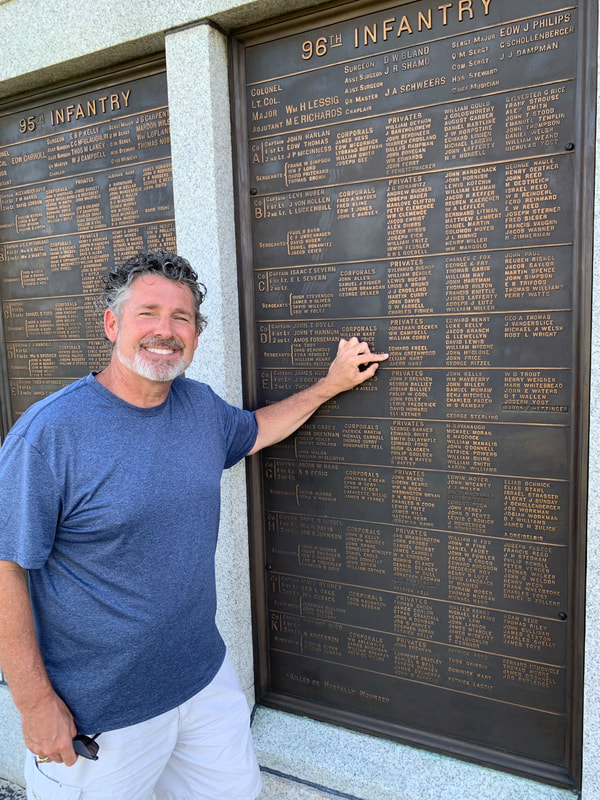
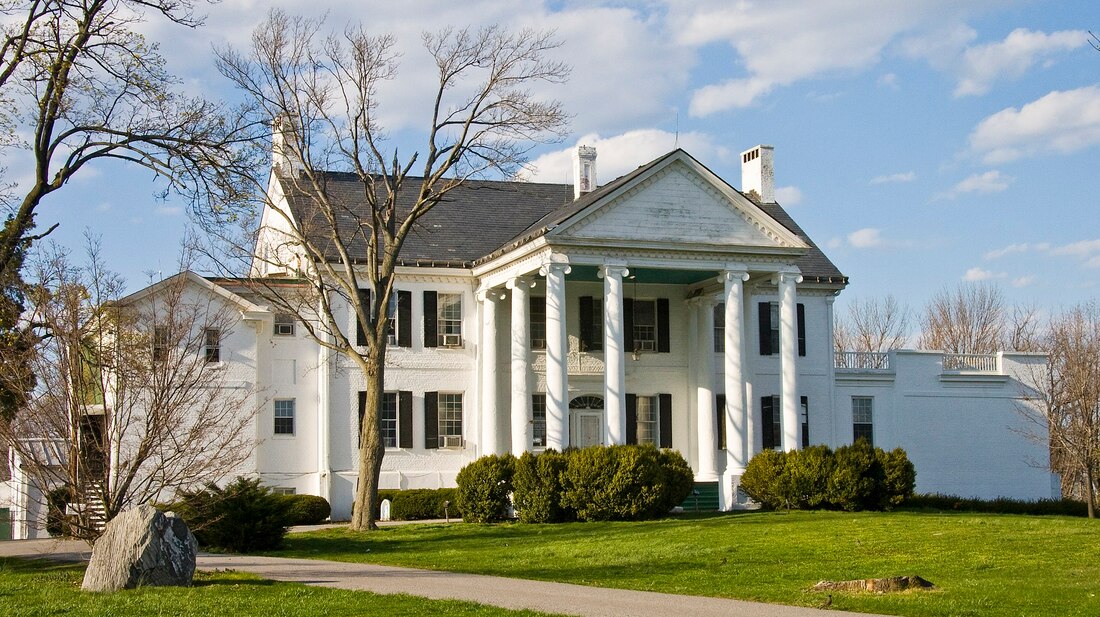
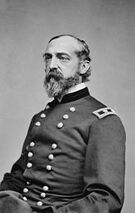



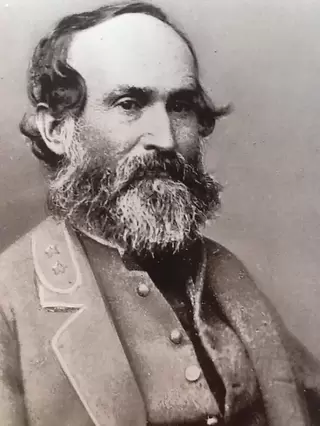
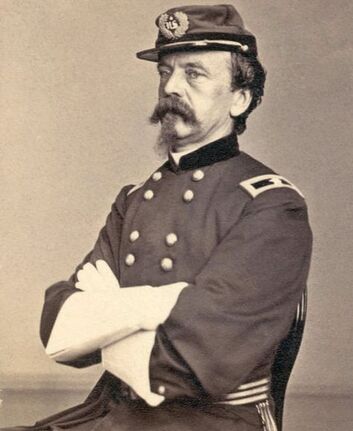

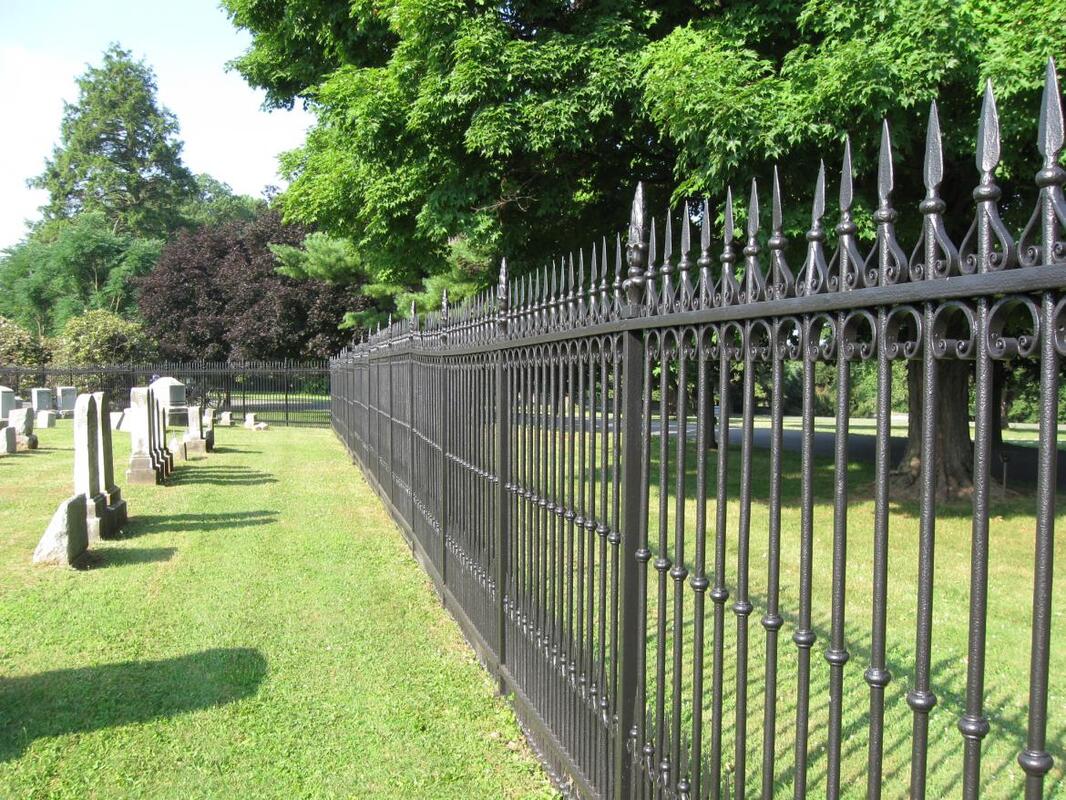
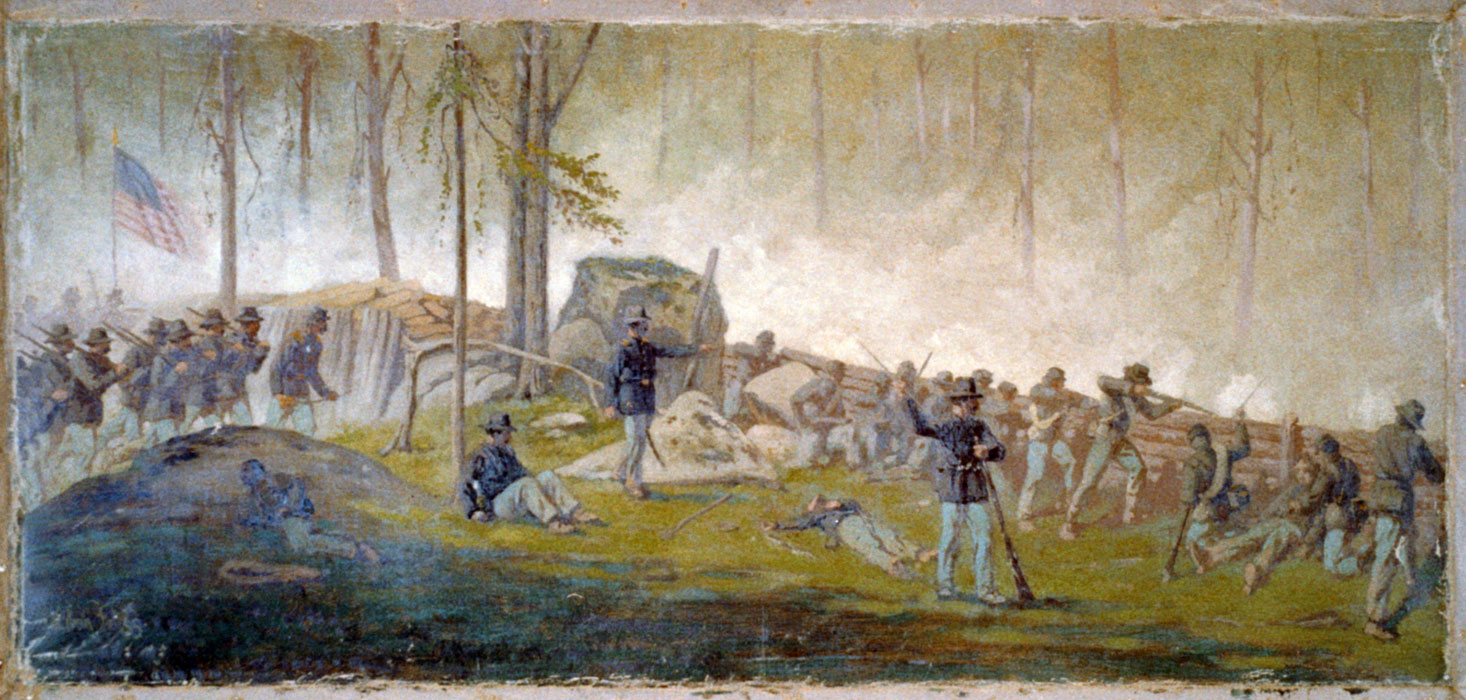



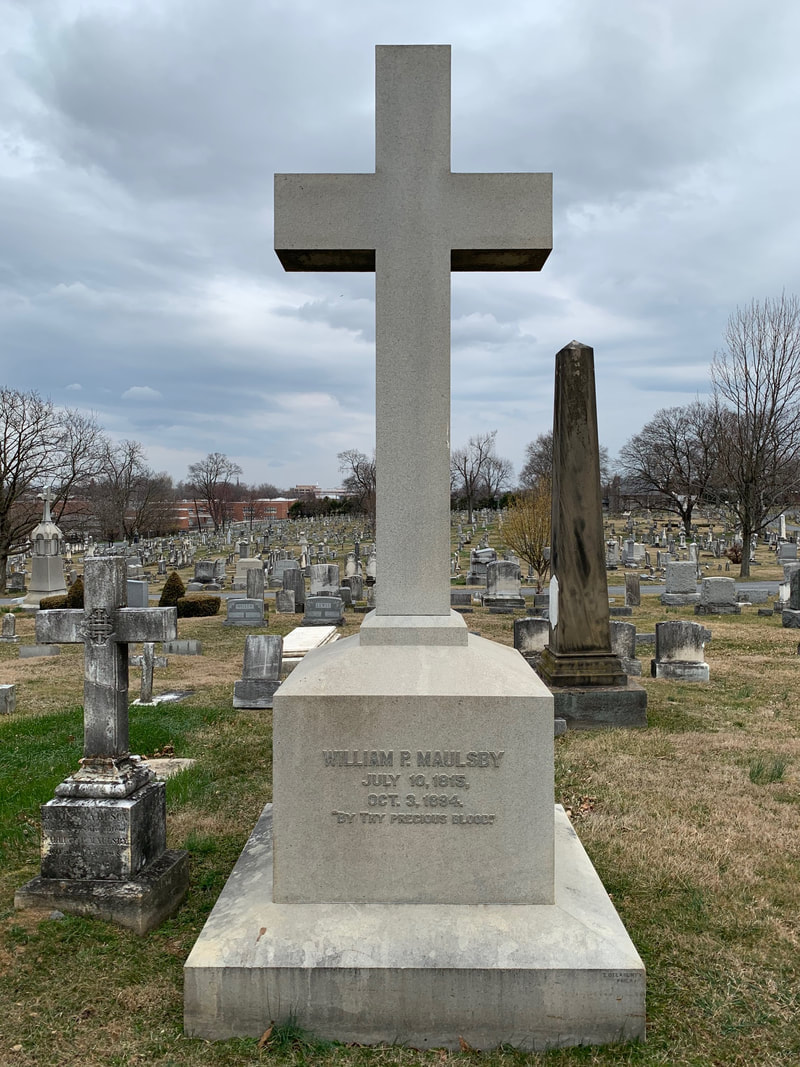










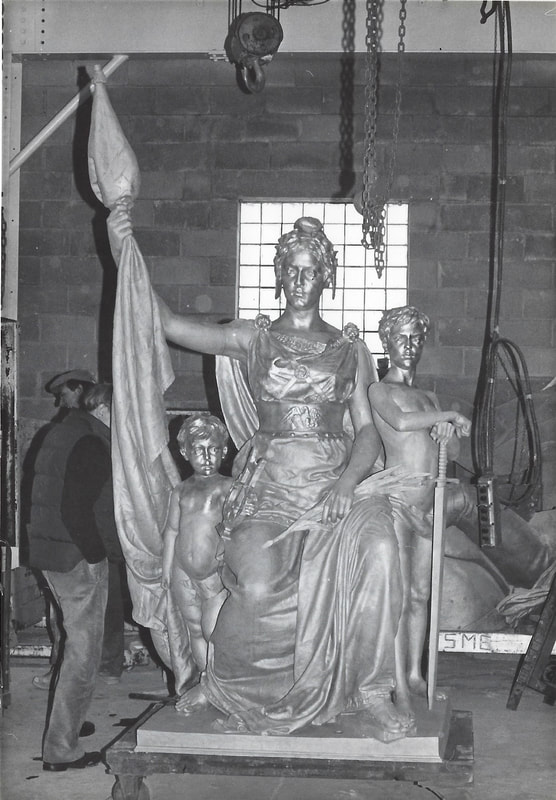














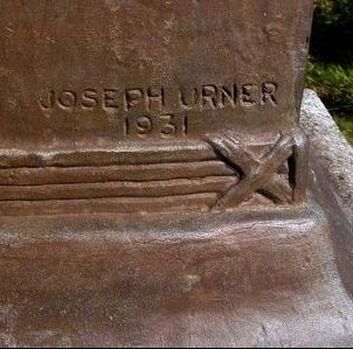

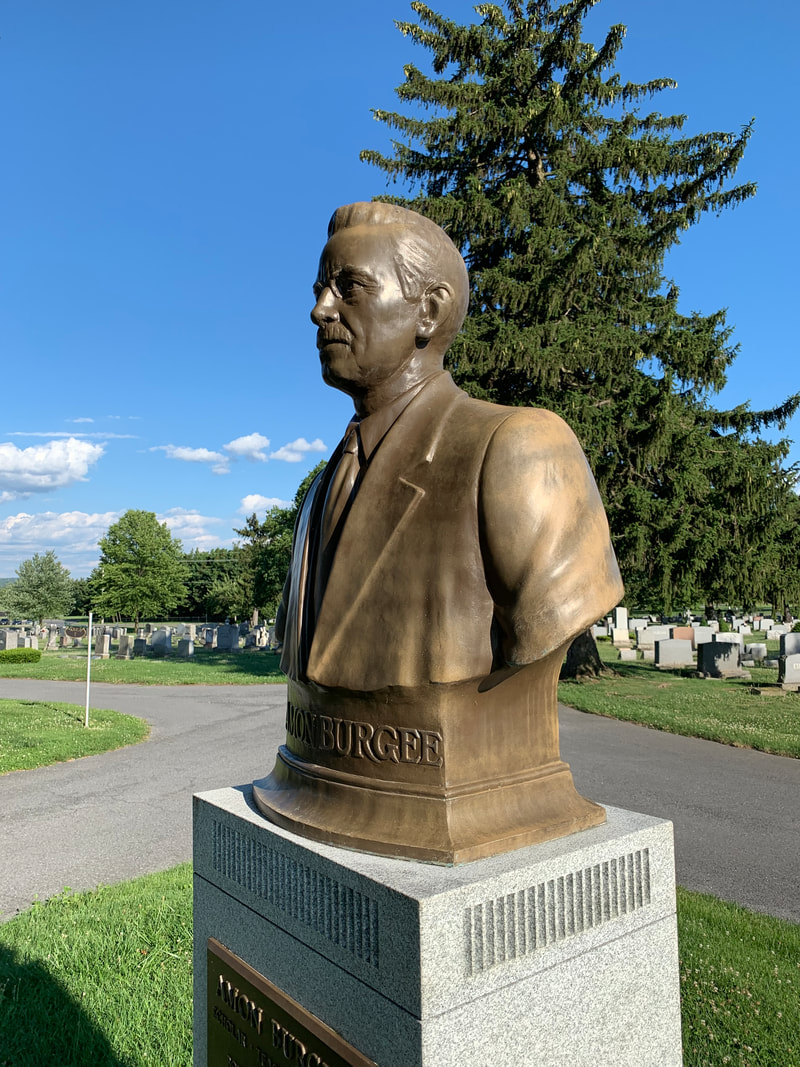




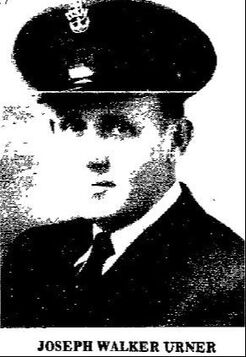







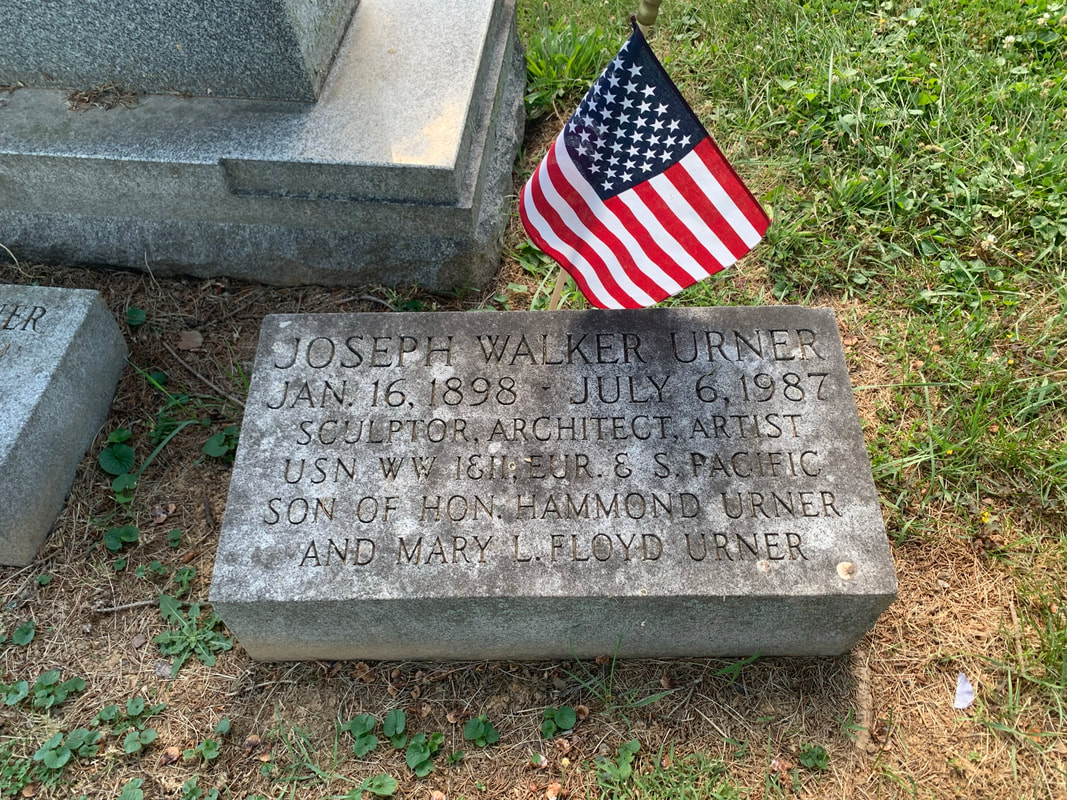
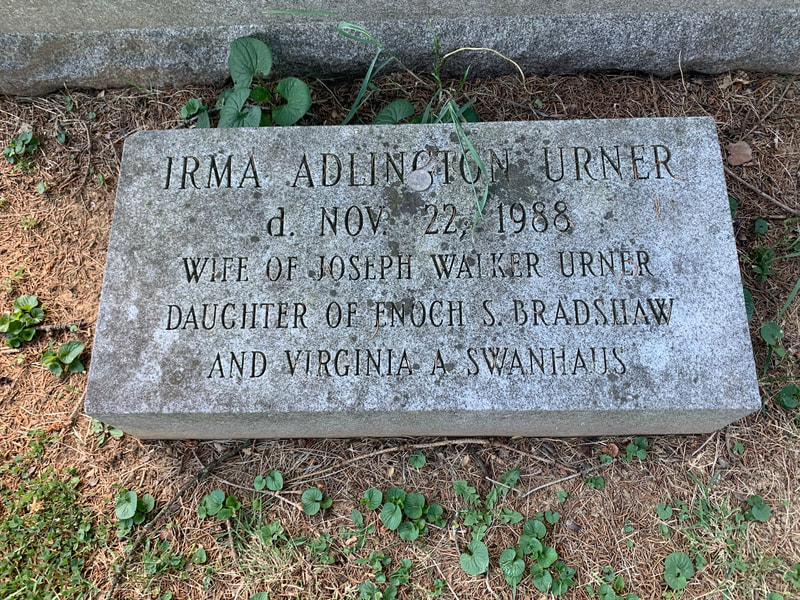


 RSS Feed
RSS Feed